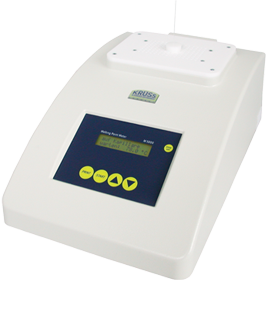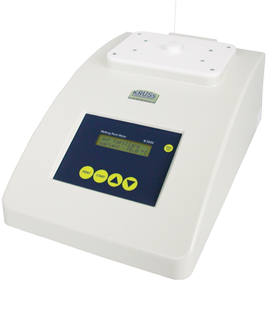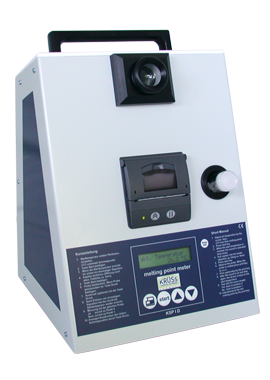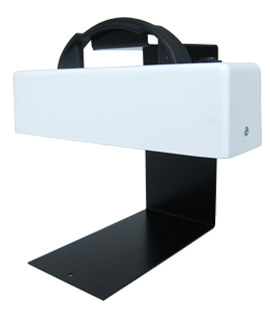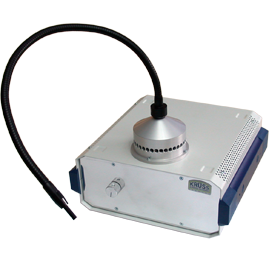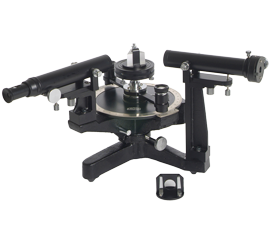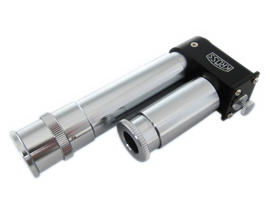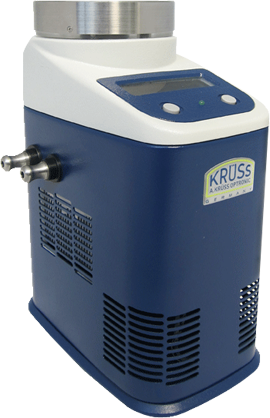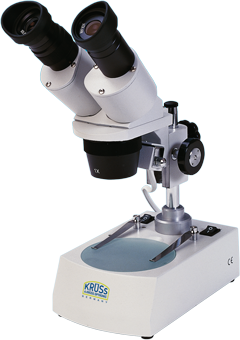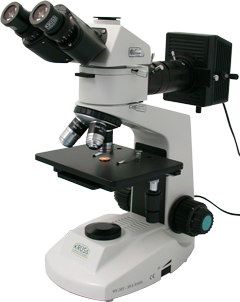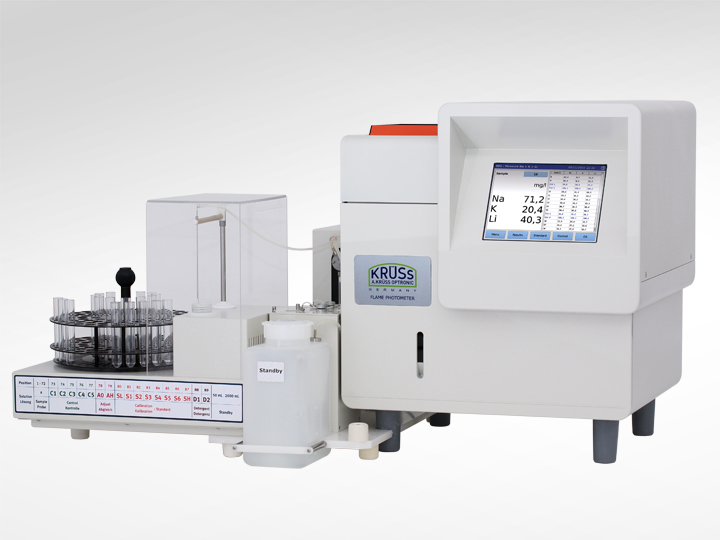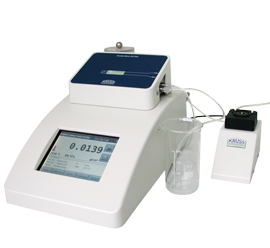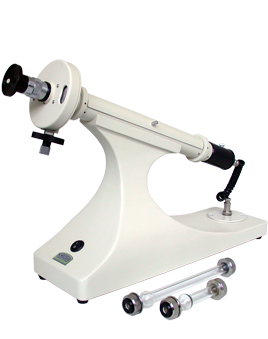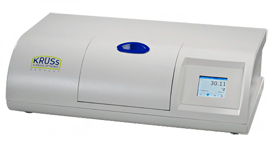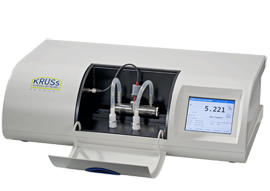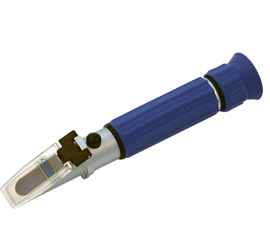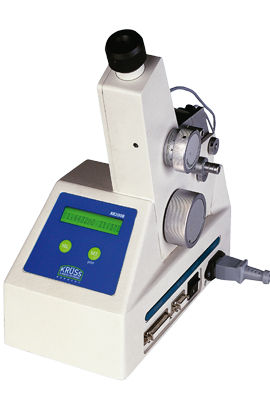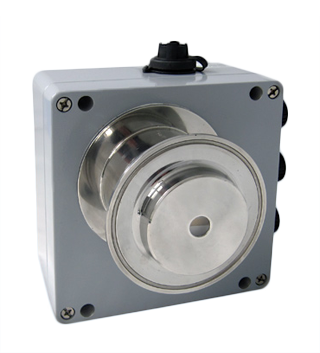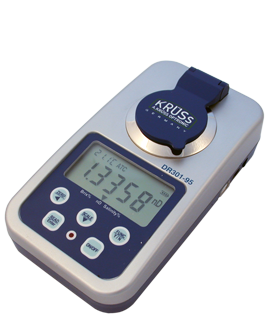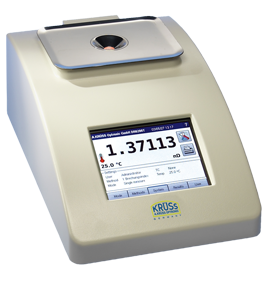Automatic, easy melting point measurement
Krüss offers three models in its series of Melting Point Meters, for analysing the melting point of powdery substances. The M5000 is automatic, easy to use, and lightweight, with on-screen instruction prompts and temperature control accessed via a LCD display. Fast measurement across all ranges of temperature is achieved by the inclusion of an integrated cooling fan, and an alarm can be programmed to alert the user when melting point is reached (this device will handle up to 400C). The M5000 has IP20 protection rating. Read more about it in the brochure (PDF) available here.
The KSP1N and KSP1D, work in much the same way as the M5000, but with lower maximum temperature – of up to 360C. The KSP1D includes a printer providing date/time results. Both units also carry IP20 rating.
![]() For full technical specifications, please download the brochure for Melting Point Meters here.
For full technical specifications, please download the brochure for Melting Point Meters here.
For prices and availability information on Melting Point Meters, please contact your nearest Krüss distributor, who will be delighted to help.
How does an automatic melting point meter operate?
The determination of melting point is a fundamental technique in sample analysis, yielding essential information on material composition and purity. It is also a technique which it is possible to complete, without specialist equipment.
Why then, should one invest in an automated melting point meter? While it is possible to manually heat a sample and observe it, perhaps through a microscope, to determine melting point, this is a cumbersome and unreliable approach. The modern melting point meter is faster and more accurate, providing reproducible results which do not rely on the skill of the individual operator and which can be printed for a permanent record. Digital control means that the sample is heated, the melting point recorded, and the apparatus cooled ready for the next sample is just a few minutes, without operator intervention. Sample sizes are small, being just enough powdered material to fill a small capillary tube, and the output reading is accurate to within 0.3 – 0.5C with good reproducibility. The low skill levels required mean that the melting point meter can be operated by a lab assistant, or installed outside of the lab for operation by trained personnel in a warehouse or production facility.











